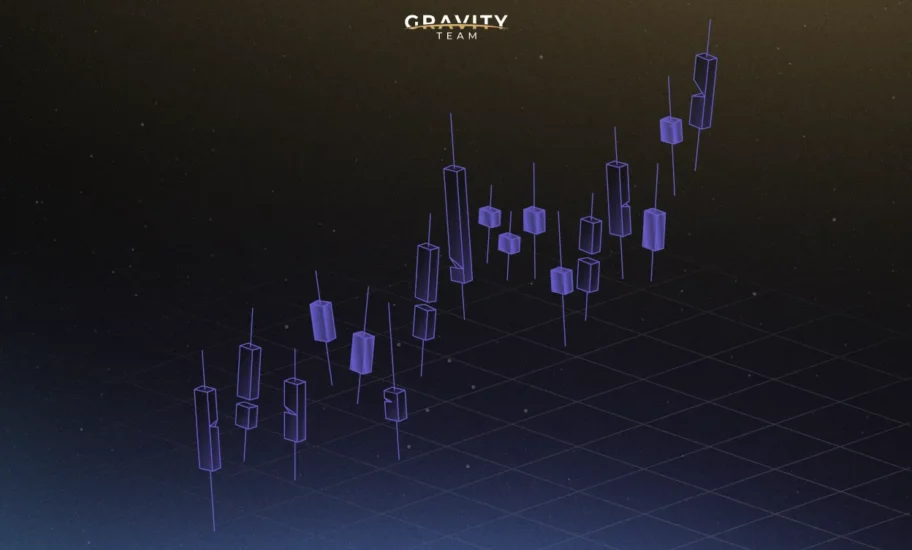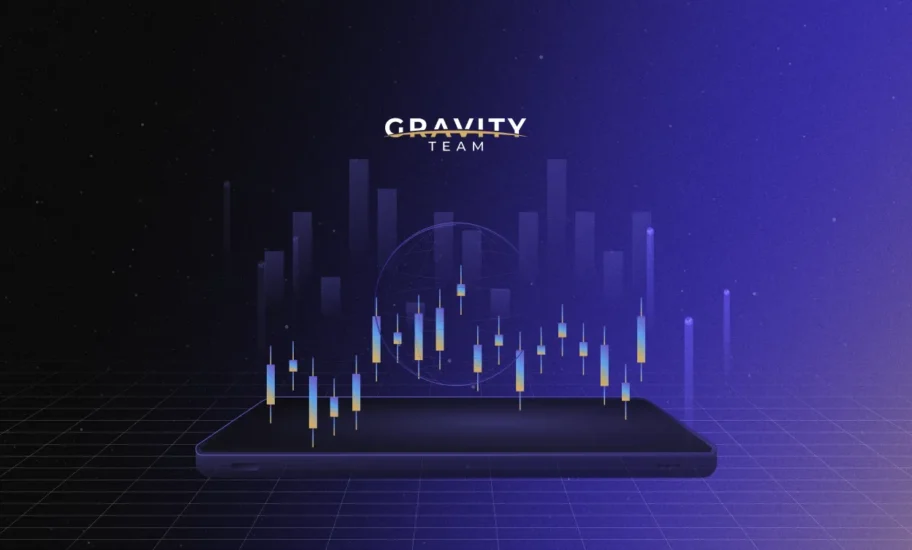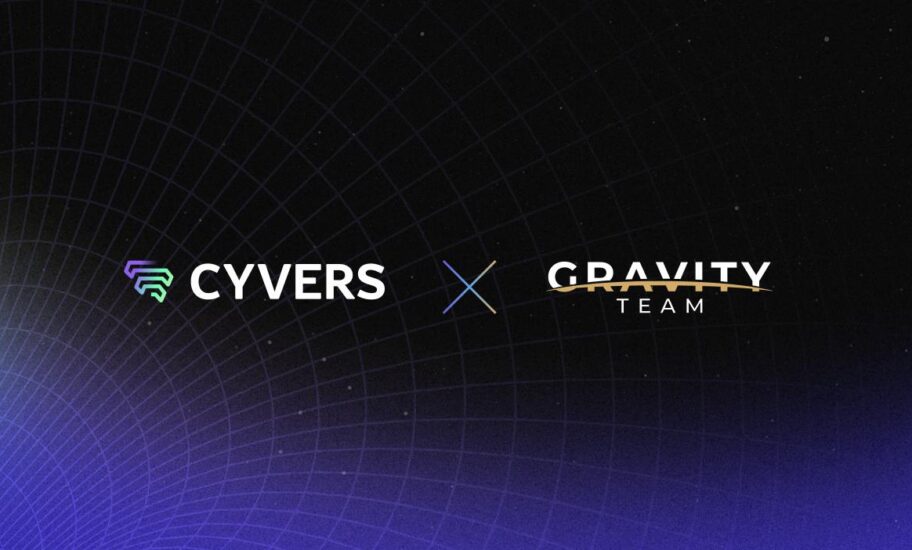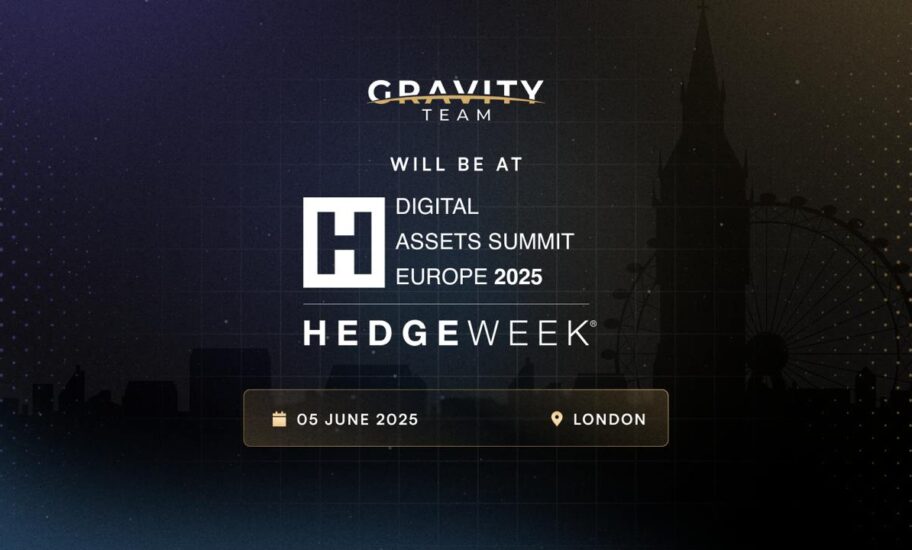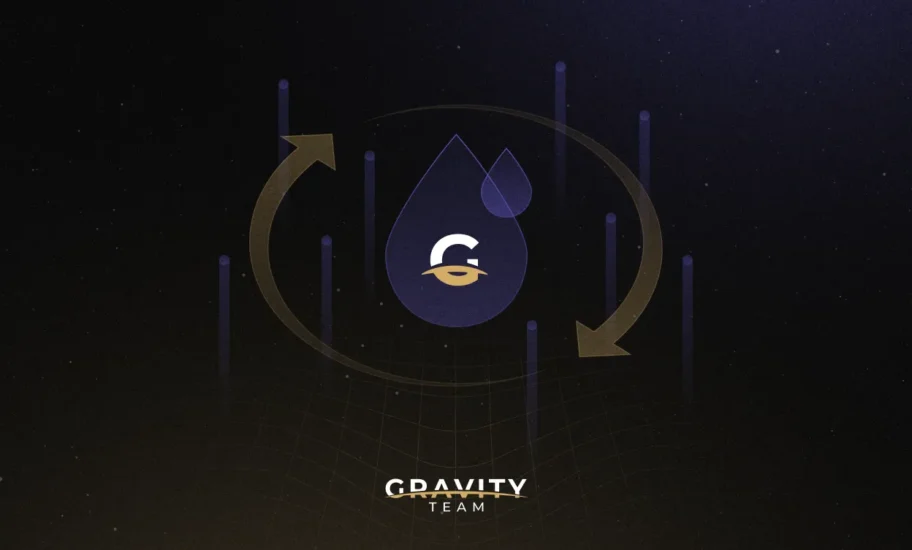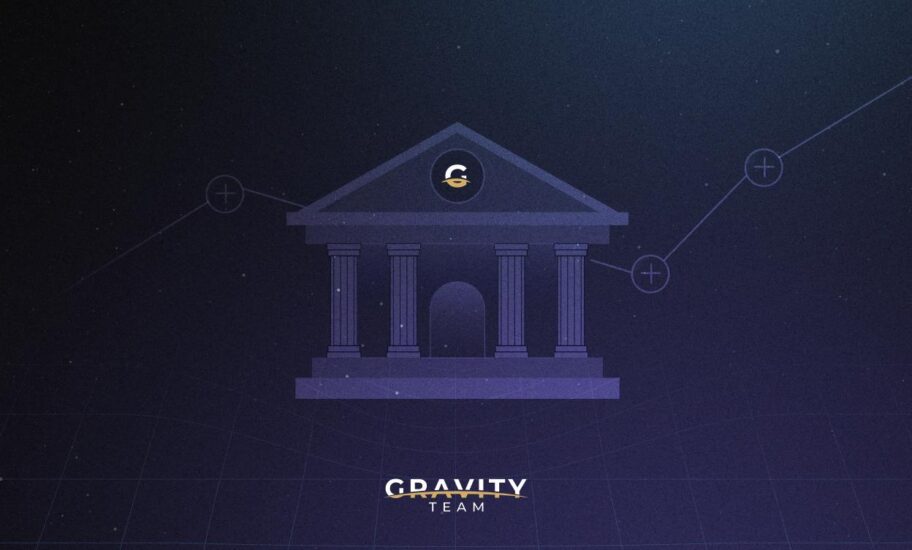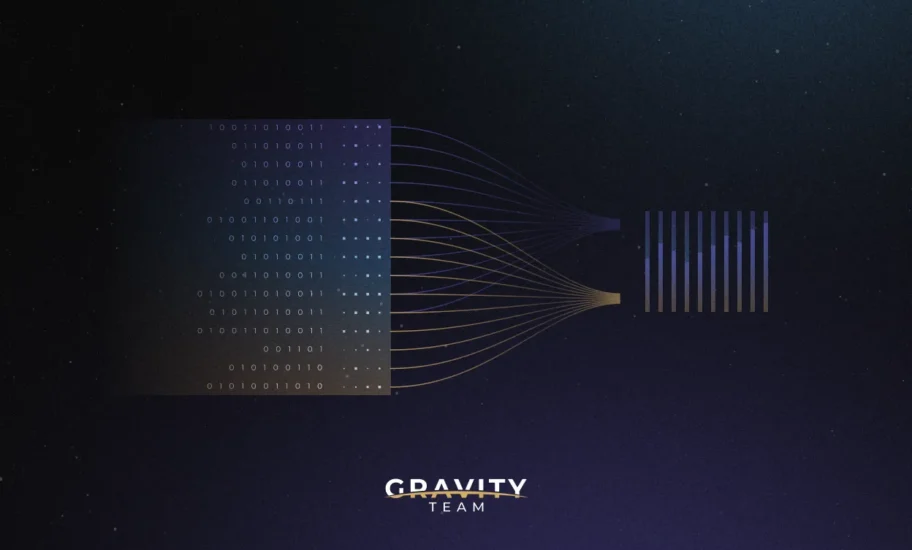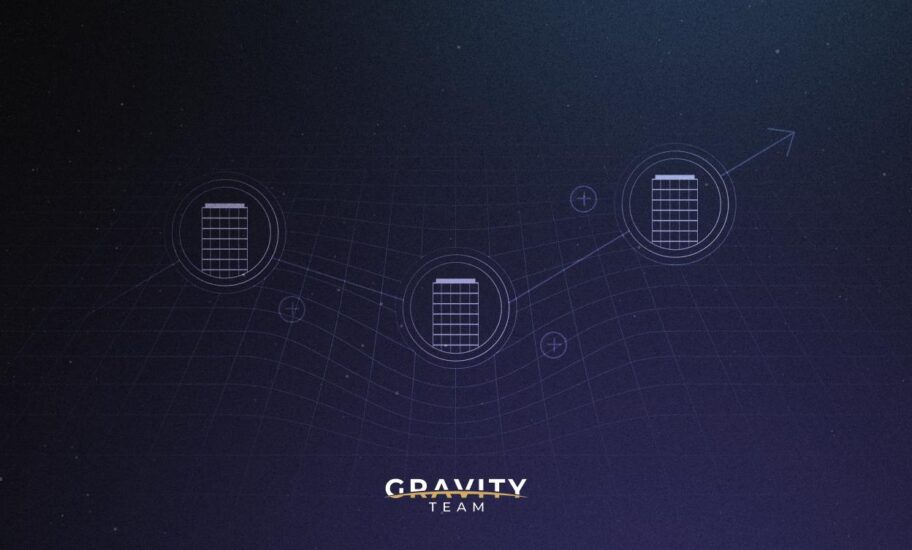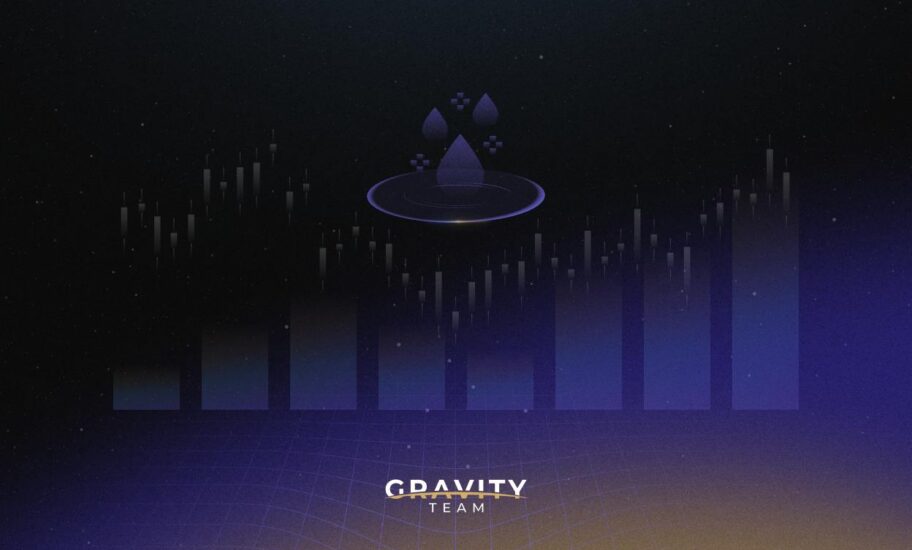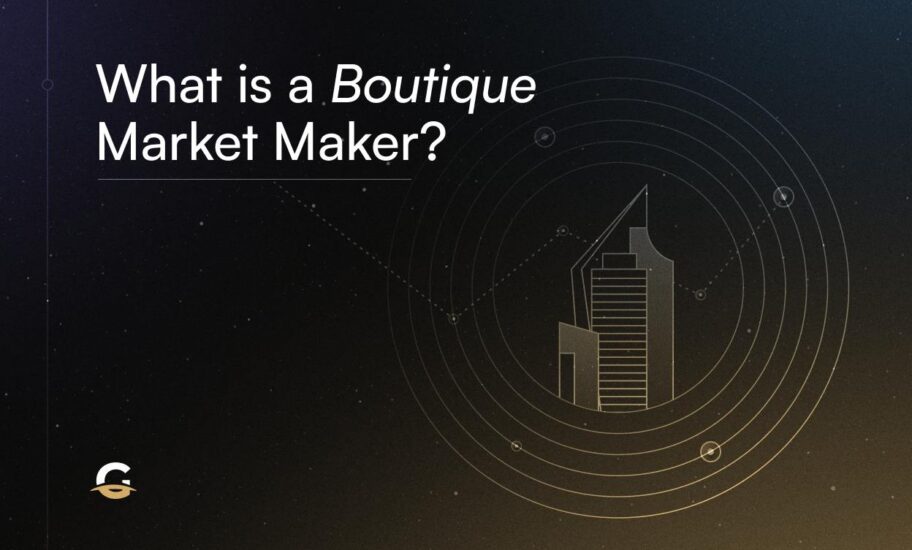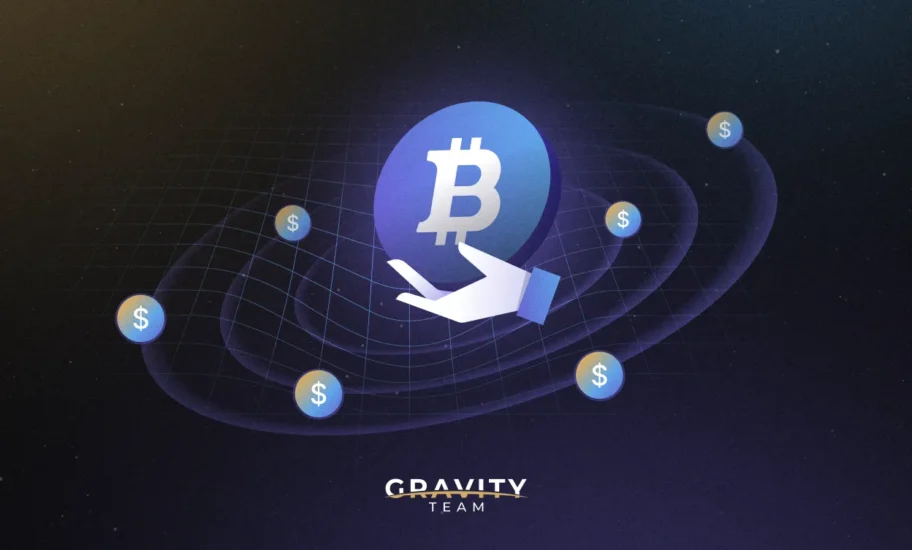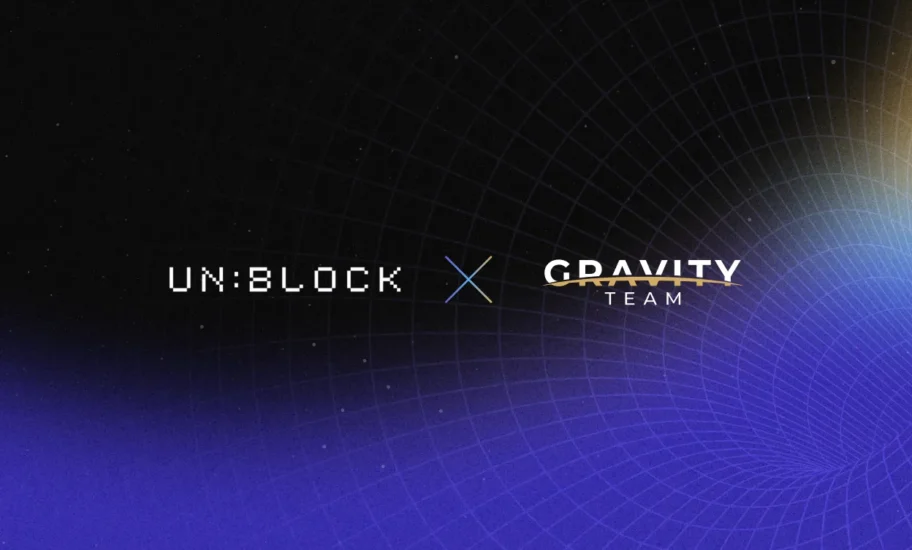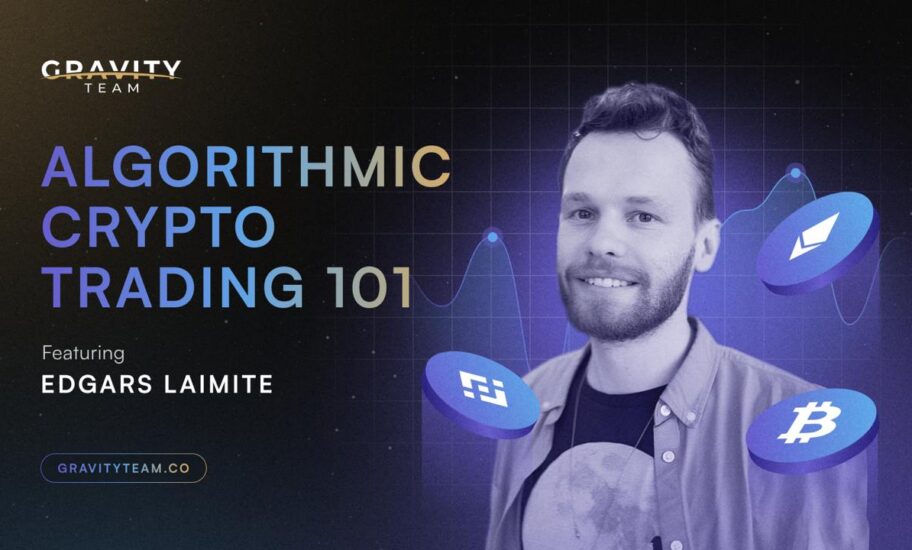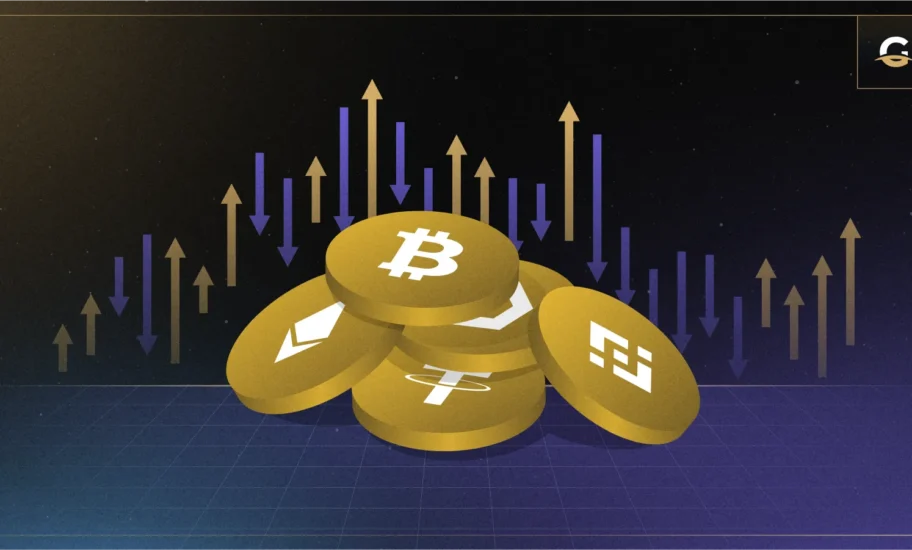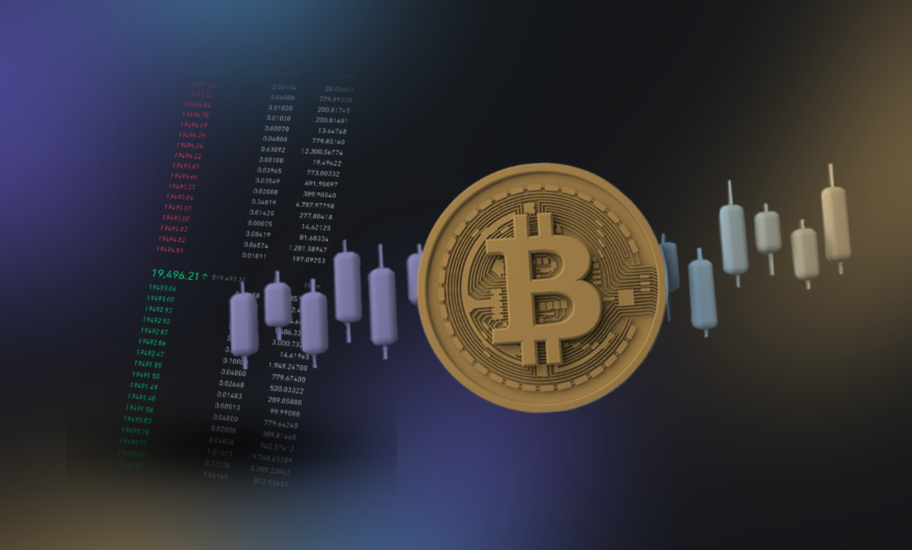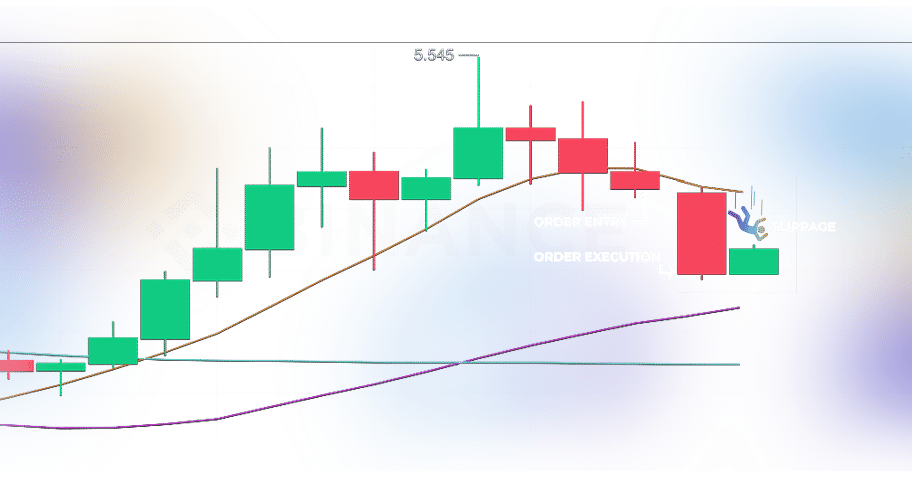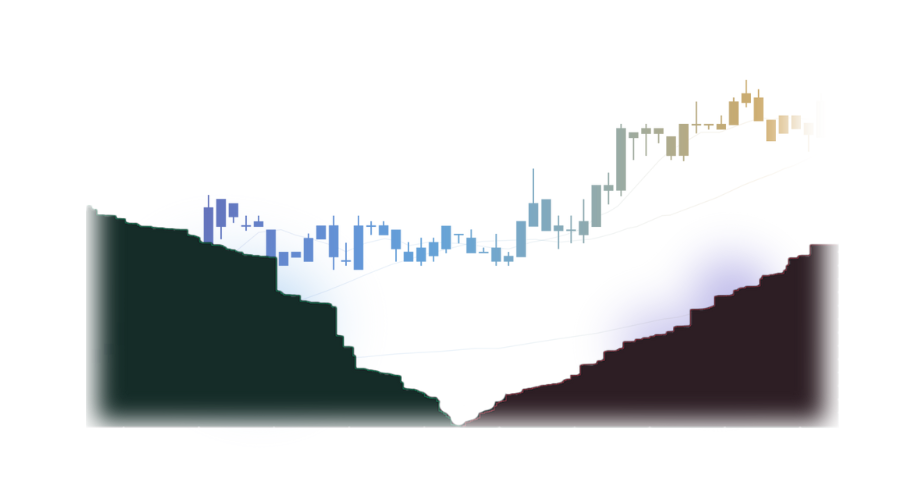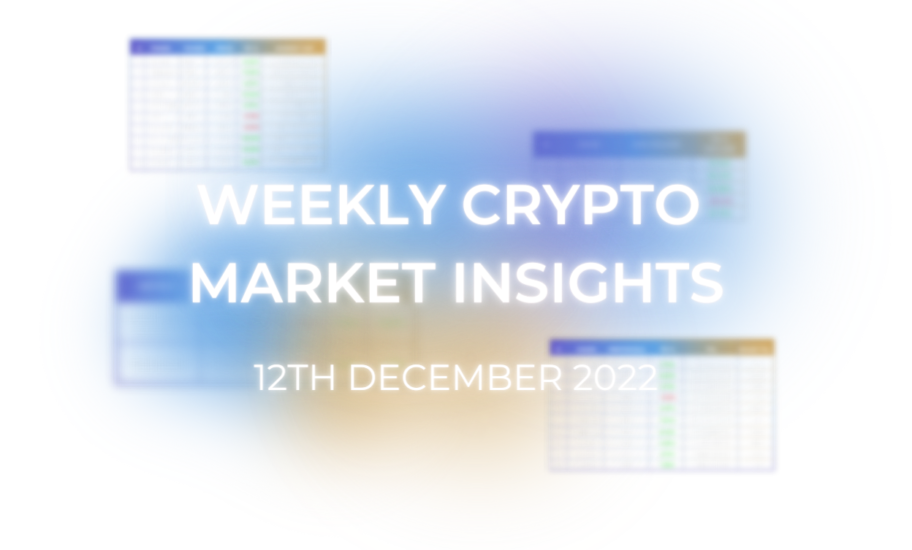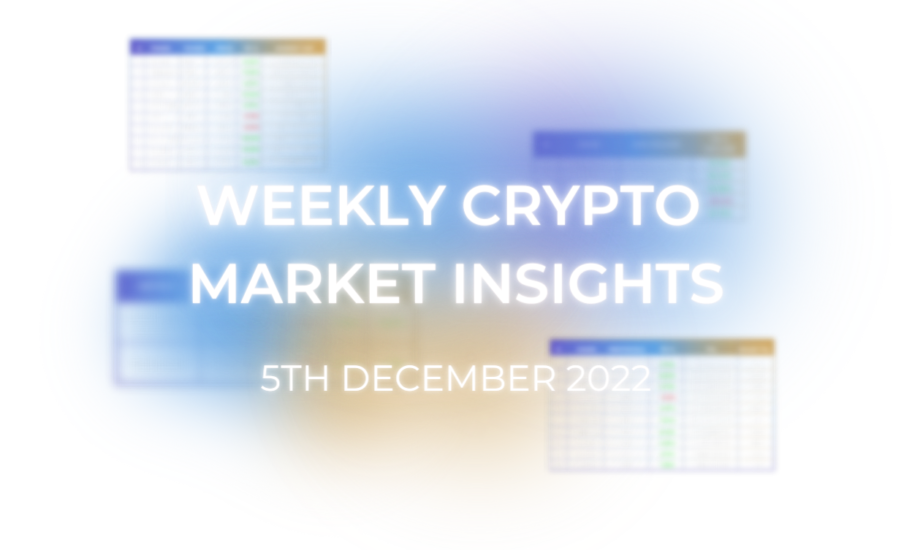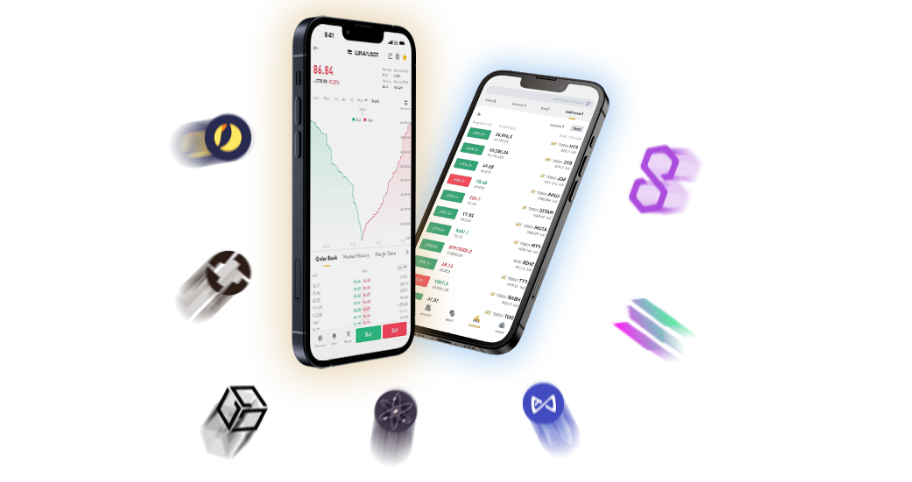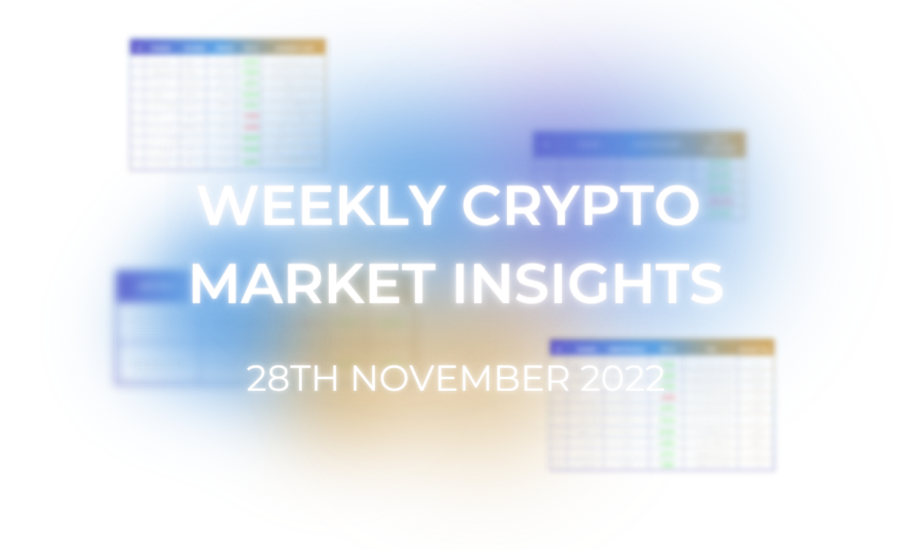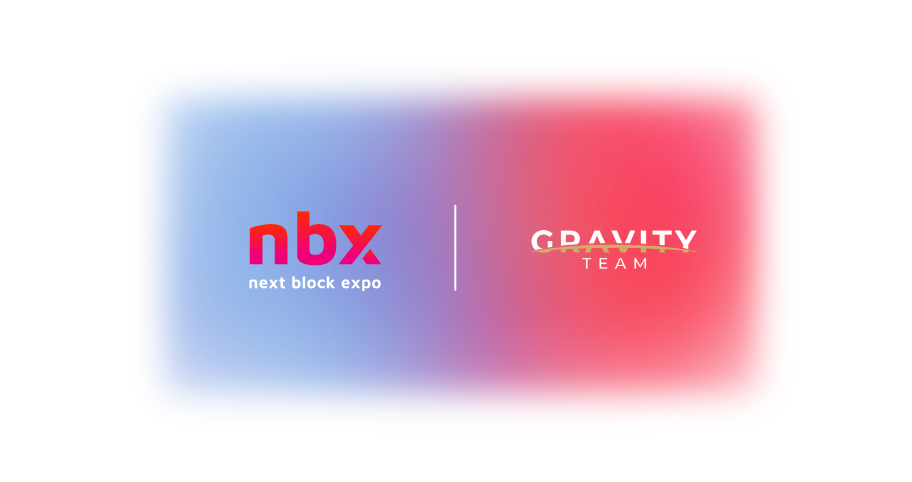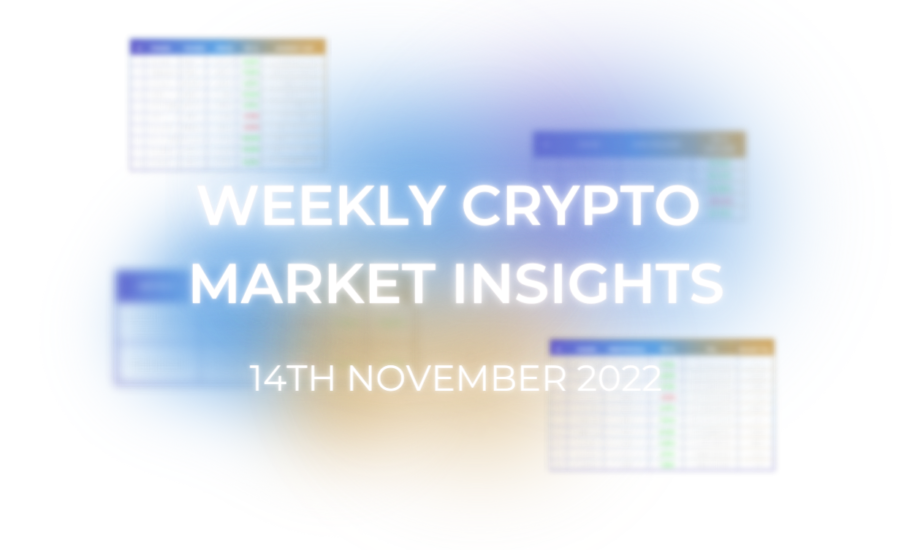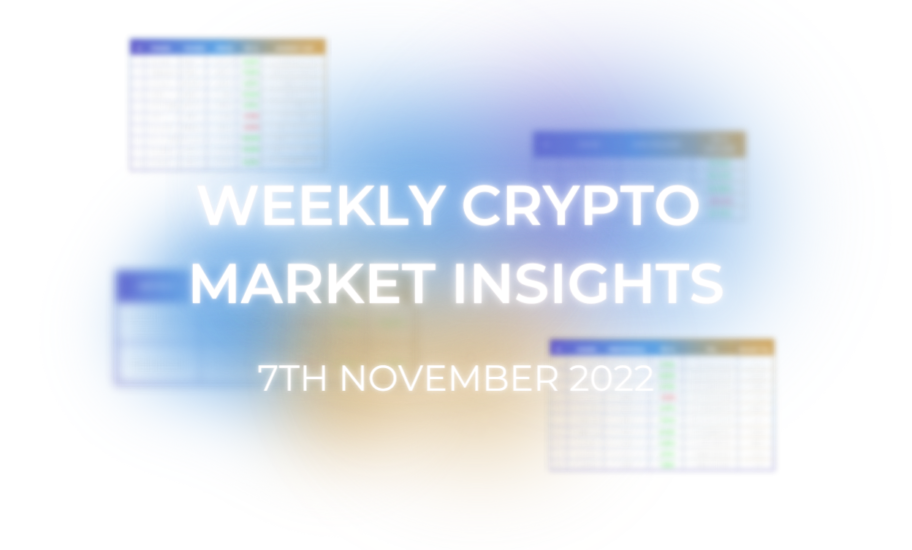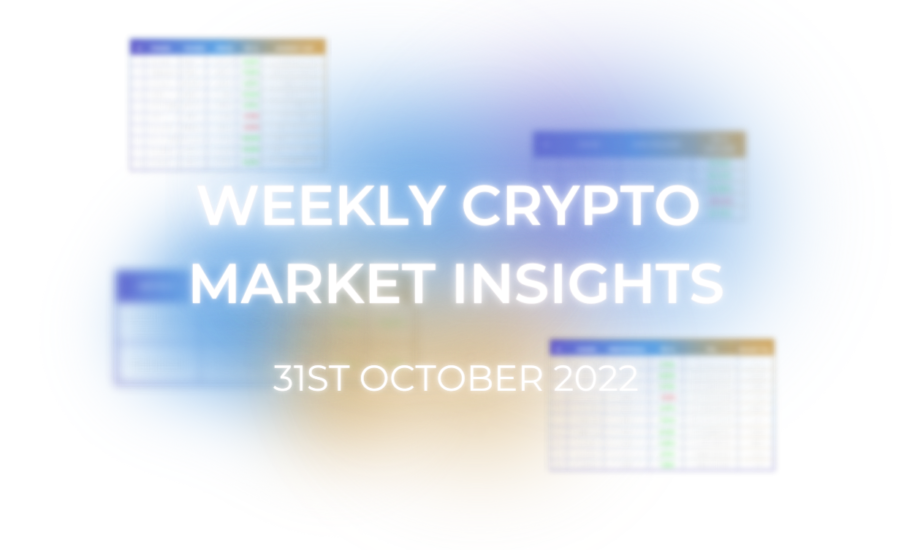
Depth Over Hype: Why Liquidity Wins in Crypto Trading
 6 minutes
6 minutes
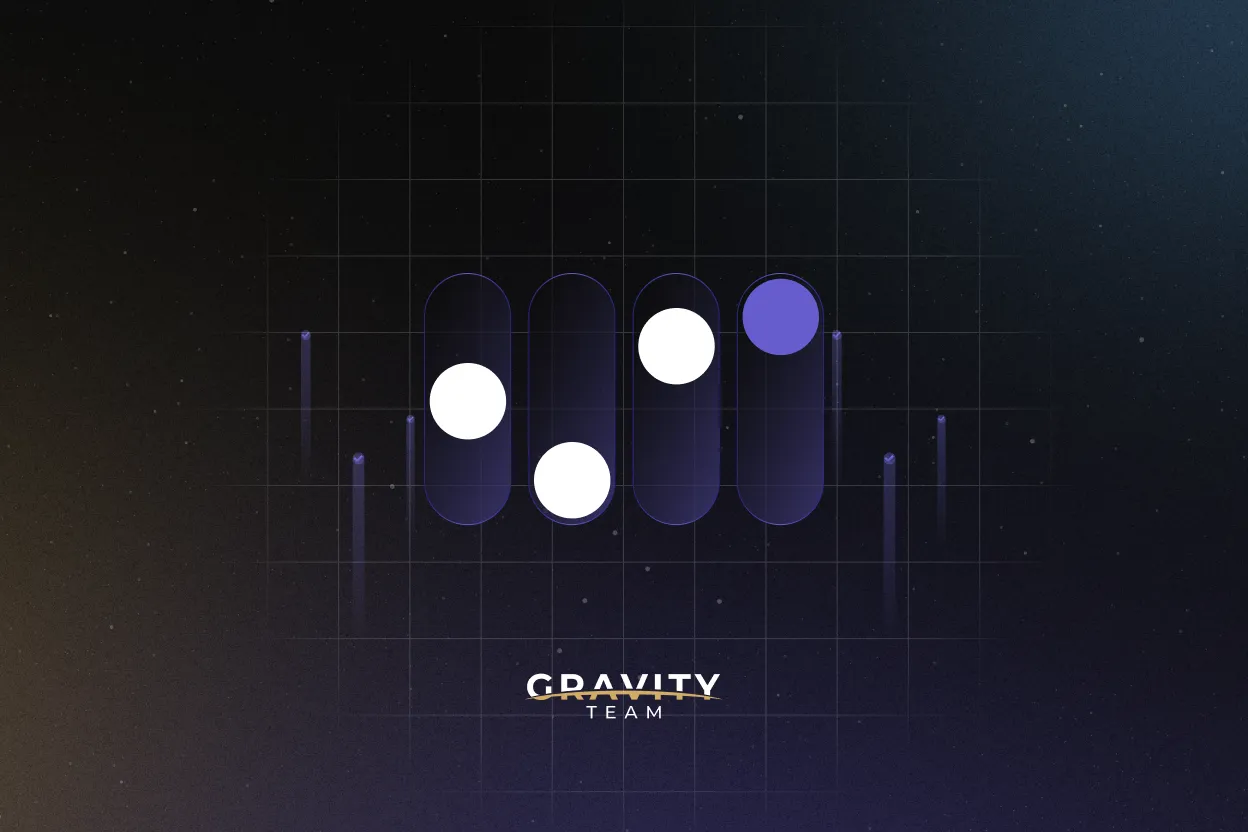
Crypto markets often witness flashy token launches and viral buzz, but seasoned traders know that true success lies beyond the marketing noise. In an industry where new coins can skyrocket on hype one day and plummet the next, what really matters to those trading on the front lines? The answer comes down to market quality; factors like liquidity depth, execution quality, slippage and trust, rather than just hype-driven excitement. This post explores why market depth, not marketing noise, ultimately attracts and retains serious traders across the crypto spectrum, from retail investors to institutional desks, token founders and exchange operators.
Traders of all types, including retail, institutional, token issuers and exchanges, ultimately value robust liquidity and reliable execution over short-lived hype.
Hype-Driven Markets: Flashy but Fragile
It’s not uncommon in crypto to see a new token grab headlines and trend on social media due to hype. Aggressive marketing, influencer endorsements, and a frenzy of FOMO (fear of missing out) can all drive a token’s price up rapidly. However, these hype-driven markets are often built on shaky foundations. They frequently lack liquidity depth, meaning there aren’t many actual buy and sell orders supporting those high prices. The result? A volatile and fragile market. A small number of trades or a sudden shift in demand can send the price swinging violently in a thin market. We’ve seen it time and again: a token’s price surges on hype, only to crash back down once reality (and sell orders) hit. Shallow markets with low participation amplify price movements and can make it difficult to execute trades at desired prices, especially in turbulent moments. Traders who jumped in due to hype often find themselves suffering major slippage or unable to exit positions without tanking the price.
Real-world examples abound. Many 2024 token airdrops, for instance, enjoyed initial excitement and price spikes but lacked lasting depth. A study found 88% of these airdropped tokens declined within months as enthusiasm faded. Those projects with insufficient liquidity to support their valuation “crumbled under sell pressure”, underscoring that deep liquidity is key to price stability once the hype dissipates. Even famously hyped tokens have learned this lesson: FTX’s native token FTT once boasted a nearly $10 billion market cap, yet it never had the liquidity to support that valuation. When confidence wavered, the thin order books for FTT meant there was no safety net and the price collapsed rapidly.
The takeaway is clear: hype might draw a crowd, but it cannot prop up a market lacking substance. Sophisticated traders are well aware of this. They might ride the early wave of a trendy coin, but they won’t stick around in a market that is “all sizzle and no steak.” For long-term engagement, traders large and small look for signs of a healthy market, and that starts with liquidity depth.
Liquidity Depth: The Foundation of a Healthy Market
In any efficient trading ecosystem, liquidity depth is what separates a professional-grade market from one prone to volatility and manipulation. At its core, depth refers to the volume of open buy and sell orders placed at various price levels, an invisible but critical cushion that absorbs trading activity.
In a well-structured market, there’s enough interest on both sides of the book to execute trades with minimal price disruption. For example, a trader placing a $100,000 market buy in BTC/USD on a liquid exchange will likely see only a marginal price move, because the order book is deep enough to handle that size without slippage. In contrast, that same trade on a thin altcoin pair could shift the price several percent, purely due to a lack of order density.
This isn’t just theory. Empirical data from Coin Metrics and others shows that Bitcoin and Ethereum markets on Tier-1 exchanges maintain an average 2% market depth well above $5 million. Meanwhile, more than 80% of tokens listed on lesser-known venues show under $20,000 in visible depth within the same range, making them fragile and hard to scale for serious participants.
Execution Quality and Slippage
From a trader’s perspective, execution quality, getting your trades filled at expected prices, is paramount. This is where liquidity depth directly impacts slippage. Slippage is the difference between the price you expect (or the last quoted price) and the price at which your trade executes. In a liquid market, slippage is minimal: you can place a market order, and the price might move only a fraction of a percent (or not at all) by the time your order is filled. But in a thin market, slippage can be severe; you might end up buying higher or selling lower than intended because there weren’t enough orders in the book to fill you at the top of the book. As defined, slippage occurs due to factors like low liquidity or large orders hitting the market, causing execution at worse prices than anticipated.
Imagine trying to sell a large amount of a new token that’s “hot” but illiquid. Your sell order starts eating through the buy side of the order book; first the orders near the current price, then further down, because there just weren’t many buy orders in depth. By the time you’re filled, the price could be down 5–10% from where it started; that’s slippage. For sophisticated traders (and especially institutions trading size), such outcomes are unacceptable. They will gravitate to venues and assets where execution is reliable and they can transact with minimal market impact. In liquid markets, even big players can enter or exit positions without making a splash. When market makers are actively providing depth, large orders can be absorbed without spiking or crashing the price, ensuring a reliable trading experience even in volatile conditions.
Tight bid-ask spreads also play a role in execution quality. The spread is essentially an immediate cost of trading; the smaller it is, the better price you get, whether buying or selling. Deep, liquid markets tend to have very tight spreads (for major pairs like BTC/USDT on top exchanges, spreads can be just a few basis points). Wider spreads, in contrast, mean you pay more to buy and get less when you sell. Market makers contribute here by quoting competitive bids and asks. A narrow spread coupled with thick depth means traders can trade in and out almost at mid-market price with confidence. As a result, serious traders and algorithmic strategies often avoid markets with wide spreads or erratic order books, which indicate poor liquidity and high implicit trading costs.
Trust and Stability Through Depth
Beyond the mechanics of trading, there’s a psychological and practical factor that liquidity brings: trust. Traders, whether individuals or institutions, need to trust that the market will behave in a fair and orderly way. A deep market instils that trust. Why? Because when lots of participants are active and plenty of orders are in play, it’s much harder for anyone to manipulate the price, and sudden shocks are dampened. A liquid exchange is perceived as more reliable and reputable, whereas an illiquid venue feels risky. No one wants to trade on an exchange where the order book is empty and a single trade can cause a 20% crash; that’s a recipe for lost confidence. This is why liquidity is often described as “the silent engine” of crypto markets that underpins stable pricing and user confidence.
From the perspective of token founders and project teams, deep liquidity is equally crucial. It signals that their token’s market is healthy and stable, which can boost investor confidence. Early on, many projects learn the hard way that a hype-fueled price spike can backfire if the market lacks depth, leading to extreme volatility and scaring off serious investors. On the flip side, if a token launch is supported by strong liquidity provisioning, the price discovery process is smoother and more organic. Market makers can help mitigate manipulation or hype-driven swings, guiding the token toward a fair market value and supporting long-term trust in the project. Over time, consistent liquidity and tighter spreads signal maturity, attracting not just retail speculators but also institutional players who see that the market can handle large trades responsibly.
Exchanges themselves also understand that market depth = market credibility. An exchange with deep order books across its listings will gain a reputation as a safe, efficient place to trade, drawing in more users. In contrast, if users frequently encounter slippage or can’t fill orders due to thin books, they’ll quickly lose faith. As one crypto market insight noted, if traders face huge slippage and barren order books, they’ll flee to deeper markets without hesitation. Liquidity, in this sense, is a competitive advantage and a trust signal for exchanges. It’s no coincidence that the top global exchanges all invest heavily in liquidity; it’s what keeps traders coming back.
Depth Attracts Serious Traders (Not Hype)
For all the reasons above, serious traders care far more about depth than hype. Retail newcomers might chase the flavour-of-the-month coin because of a catchy meme or influencer shill, but experienced market participants will evaluate the trading conditions before committing capital. They ask questions like: How deep is the order book? What’s the 24h volume? How tight are the spreads? Can I enter a $100k or $1M position without moving the price significantly? If the answers are not satisfactory, many will pass on the market, no matter how exciting the project sounds. This is one reason why some hyped tokens see lots of chatter but relatively low sustained volume. The savvy traders simply don’t trust the market’s thinness. Conversely, assets with genuinely deep liquidity (even without much fanfare) often attract steady volume and interest from professionals who value a reliable trading environment.
It comes down to a simple contrast: deep vs. shallow markets. In a deep market, you have:
- Tight spreads and large volumes (making trading cost-efficient).
- Significant depth at multiple price levels (allowing large orders with minimal slippage).
- Stable price action (less prone to manipulation or sudden crashes).
- Trader confidence (participants trust they can enter/exit positions whenever needed).
In a shallow market, you’re likely to find:
- Wide spreads (higher cost to trade, indicating few competitive orders).
- Low depth (even small trades can move the price noticeably).
- High volatility (prices swing on small news or trades, reflecting low support).
- Lack of confidence (serious traders either avoid these markets or demand a premium for liquidity risk).
Over time, the shallow, hype-only markets tend to either mature by gaining real liquidity or fade into obscurity as traders migrate to better venues. The crypto landscape has countless examples of tokens that launched with huge hype only to see trading activity evaporate in a few weeks because the experience was poor, nobody wants to get stuck holding a token they can’t easily sell, or constantly lose money to slippage. On the other hand, projects and exchanges that prioritise liquidity from day one often build a loyal trading community. Traders remember which tokens they could trade without headaches and which platforms consistently deliver smooth execution.
Building Real Liquidity: Gravity Team’s Role
So, how do crypto markets achieve the depth that traders crave? This is where professional market makers come in, specialised firms that devote resources to providing continuous liquidity. In traditional markets, market makers have long been the unsung heroes, ensuring you can always trade stocks or forex. In crypto, the role is often filled by algorithmic trading firms such as Gravity Team. In practice, this means they are constantly quoting buy and sell orders for a wide range of token pairs, narrowing spreads and building depth so that the market stays active and orderly.
For token projects and exchanges, partnering with a firm like Gravity Team can make the difference between a shallow, hype-driven market and a sustainable one. Gravity Team helps platforms bootstrap real liquidity and maintain it over time. Instead of relying on just initial buzz, projects that engage market makers get the benefit of tighter spreads and consistent order book depth from day one. This leads to better price discovery and a fair valuation for the asset by damping down excessive swings. As an example, when a new token is listed, a professional market maker can ensure that large buy or sell orders are met with ample liquidity, preventing outsized spikes or crashes in the token’s price. This not only protects the exchange’s and project’s reputation but also vastly improves the user experience. Traders on that market enjoy reliable trade execution; they know they can enter or exit positions even in volatile conditions without extreme slippage.
Crucially, market makers like Gravity Team‘s goal is to make the market functional and efficient. They profit modestly from the spread, but only by providing a real service: greater liquidity and smoother trading for everyone. The end result is a win-win: exchanges see higher volumes and happier users, token issuers get a stable market for their coin, and traders get the depth and execution quality they seek. As liquidity grows, it tends to be self-reinforcing (liquidity begets liquidity), and a virtuous cycle takes hold where serious traders are drawn in, further boosting market activity.
Conclusion
In the world of crypto trading, it’s easy to be distracted by hype, memes and marketing buzz. But what traders really look for in a market is substance: true liquidity depth, low slippage, solid execution and an environment they can trust. Hype may bring an initial wave of attention, but only depth can keep traders engaged day after day. Deep markets offer efficiency and stability, whereas shallow markets, no matter how much noise surrounds them, will eventually see traders flee to better venues. Serious investors, institutional desks, token founders and exchanges alike are waking up to this reality: market depth is the magnet for sustainable trading activity.
Ultimately, depth wins over hype. The crypto projects and platforms that recognise this, by investing in liquidity and partnering with reputable market makers, are building the foundations for long-term success. They understand that credibility in the market comes from an order book that can support growth, not from a one-time price pump. For traders scanning the horizon, the message is clear: the most attractive markets aren’t the loudest or flashiest, but the ones with real liquidity under the hood. In crypto, as in any financial market, depth over hype is what separates the fads from the lasting institutions. And with firms like Gravity Team helping to deepen markets across the industry, traders can look forward to more of the former and less of the latter, more robust venues where they can trade with confidence, and fewer flimsy arenas built solely on hype.
Further Reading
- BIS Report – Financial stability risks from cryptoassets
bis.org - XBTO Insights – How Market Makers Boost Token Launch Success
xbto.com - 2024 Global Crypto Adoption Index
Chainalysis - Aggregating Orderbook Depth to Create Liquidity Metrics
Coinmetrics.io
Contact Us
We are always open to discussing new ideas. Do reach out if you are an exchange or a project looking for liquidity; an algorithmic trader or a software developer looking to improve the markets with us or just have a great idea you can’t wait to share with us!





